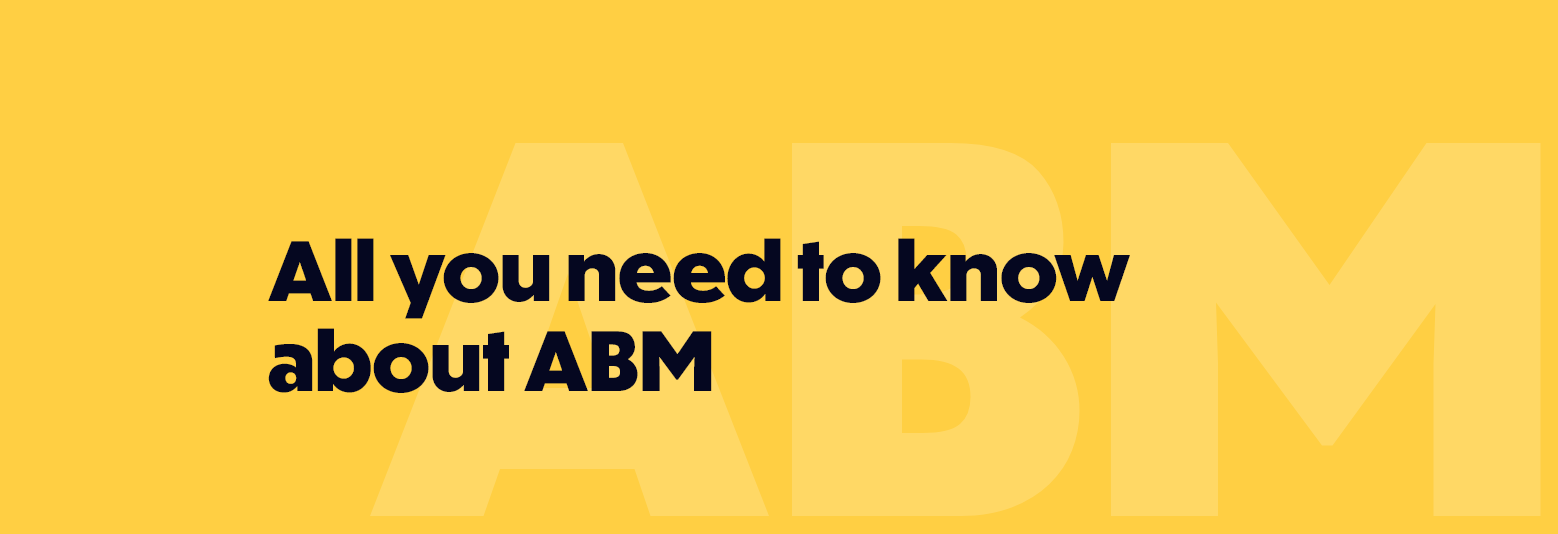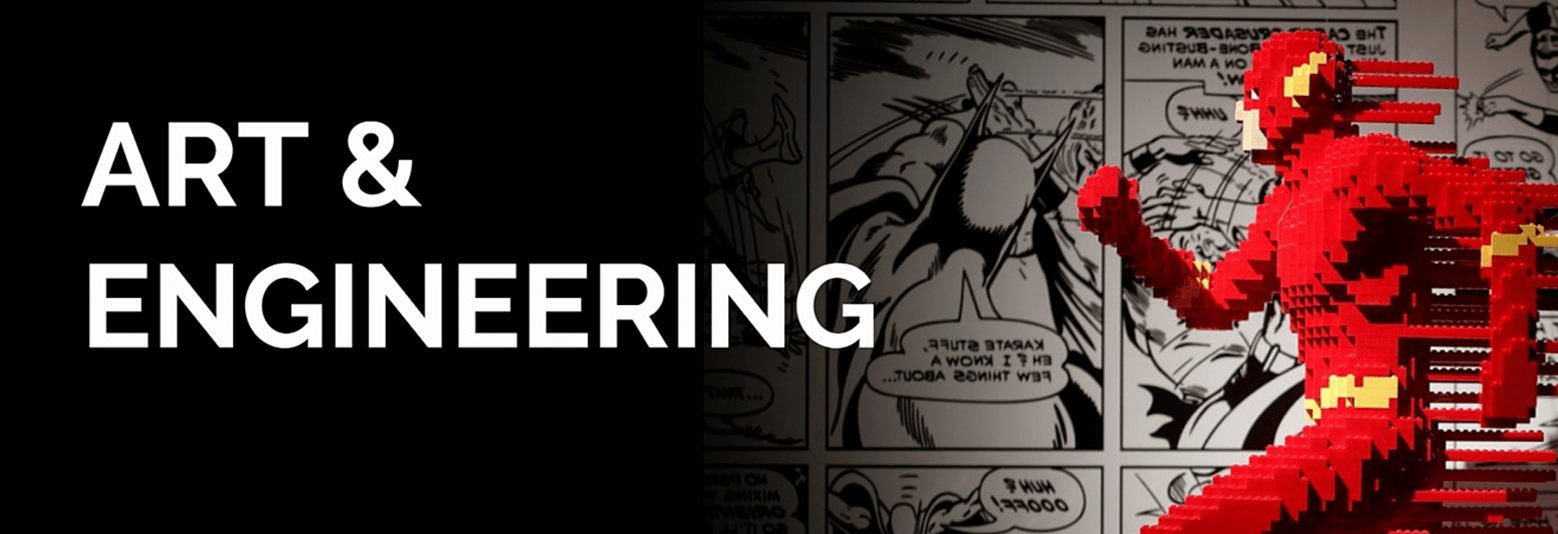Slideshares are having their moment – and no wonder. They’re a top way to create engaging content that’s shareable and optimised for business, providing immediate value and an easy, accessible, professional way for your audience to interact with what you have to say.
But when it comes to Slideshare: what is good content? Everyone dreads death-by-PowerPoint and simply putting your deck on the web won’t save you if you’ve created something that doesn’t cut the mustard. If you want to make something awesome, you’ll need to follow these 7 steps.
Approach it like video
In a normal context, your deck exists to supplement a spoken presentation. It shouldn’t distract from it or take too much brain power to absorb, because you need your audience to focus on the speaker, not the slides.
Sildeshares are different. There’s no speaker to contend with. While many of the rules of good PowerPoint still stand, your audience will need to be able to follow your points and take all the information they need from the slides alone.
This means it’s more helpful to think of your Slideshare as a standalone video than a PowerPoint presentation – a video that your audience plays at the speed they feel like, jumping back and forward as they see fit. You need to a) focus on the making visually engaging content and b) create a clear, compelling narrative that keeps the audience clicking through to the end.
Remember it’s on a small screen
There’s every chance your audience will be viewing your Slideshare on their phone, so it’s more important than ever that you make it clear and legible. Keep text on slides at the absolute minimum, using the largest possible font size. Don’t make them squint and struggle to read it.
Keep it simple
…both in terms of your content and your presentation. Your audience probably won’t spend more than a few minutes skimming through, so you need an easily digestible message. Decide what you’re trying to say, stay on point and keep it short.
Use bold images
A well-chosen photograph or graphic can neatly illustrate or convey your central idea in a fraction of a second. Use big, impactful, full-slide images wherever you can.
Use compelling stats from credible sources
It’s important to back up what you’re saying with cold, hard facts.
Strong, memorable figures will help you, particularly if there’s an element of shock factor behind them. But be careful: on stage with a captive audience, you might get away with quoting a statistic without checking the authority of your source (not that you should try!), but online, where a sceptical reader can immediately Google the claim to see where it came from, you can’t afford to use anything that could embarrass you or undermine their trust.
Tell a story
People don’t get excited by stats and figures. They get excited by the story behind those figures – what they mean in context and how they were reached in the first place.
Why does all of this matter? What were you trying to achieve? Where did the story start and where does it end? What does the next chapter look like? If you want to really engage your audience, you need to hone your storytelling skills.
Have a clear call-to-action
The issue of what is good content isn’t solely about whether the audience likes it. To judge its success, you need to have a clear idea of what you, its creators, want to get out of it. In other words, what did you want your audience to do next – and did they do it?
Make sure every piece of content you put out has a clear call-to-action. Perhaps you want the person reading your Slideshare to progress to your company blog? Sign up for a webinar? Share the content on LinkedIn? The best and most reliable way to achieve it..? Ask them.
Want more where that came from? Download The B2B Content Creation Masterclass.









